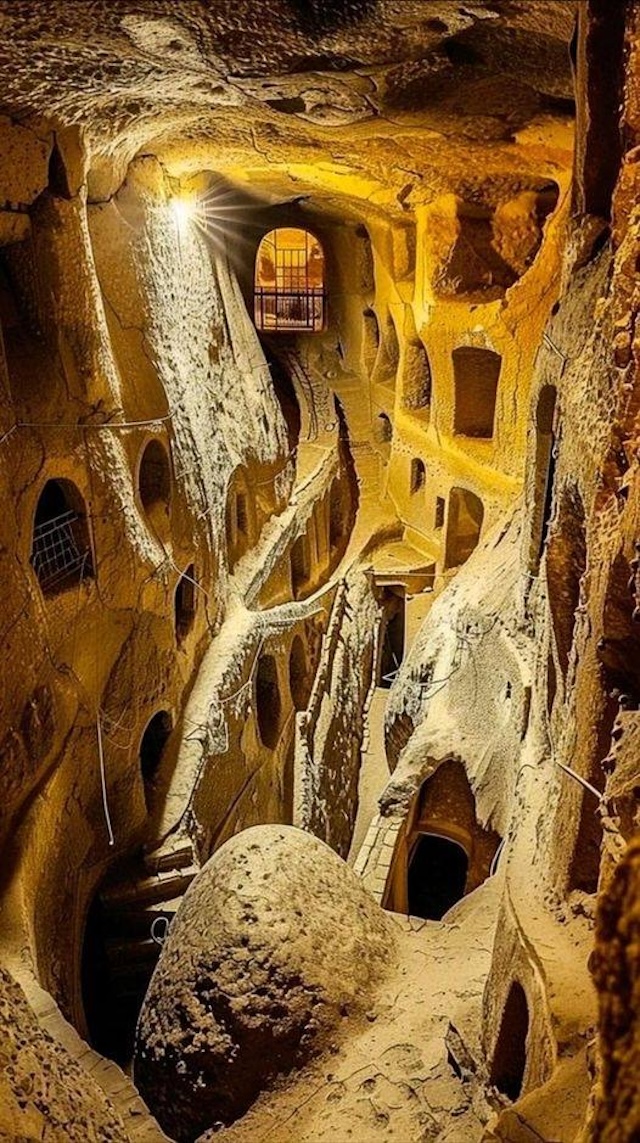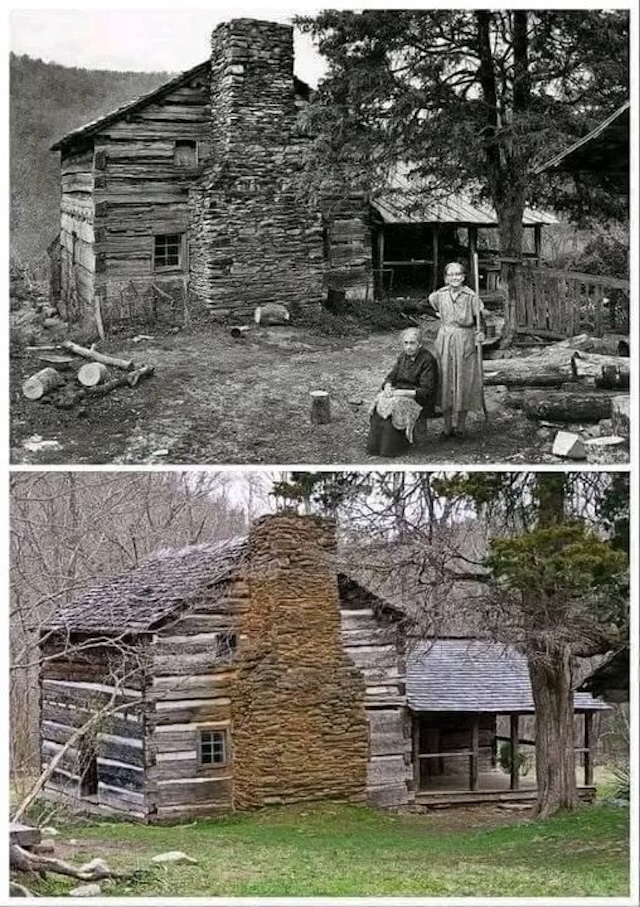In 1915, Cecil Chubb attended an auction intending to buy dining chairs but left with Stonehenge instead. This unexpected purchase not only surprised his wife but also led to the preservation of one of the world’s most famous prehistoric monuments. Learn about the auction, the condition of Stonehenge at the time, and how Chubb’s generous donation ensured its protection for future generations.
A Surprising Purchase: How Cecil Chubb Ended Up Buying Stonehenge
In 1915, Cecil Chubb, a wealthy lawyer from Salisbury, England, attended an auction with the simple intention of purchasing a set of dining chairs. However, he left the auction as the owner of one of the world’s most famous prehistoric monuments—Stonehenge. It was an unexpected acquisition, driven by a spur-of-the-moment decision when the auctioneer struggled to find a buyer for the ancient site.
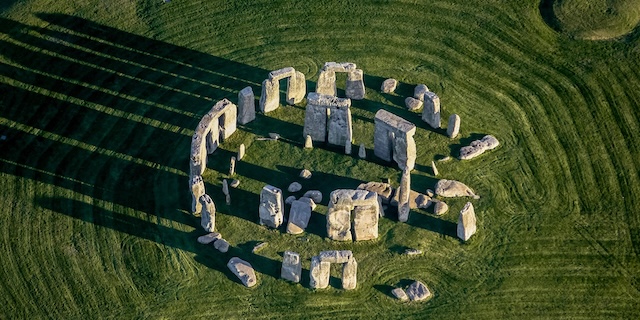
The Auction: Details of the 1915 Auction
On September 21, 1915, the auction took place at the Palace Theatre in Salisbury. Sir Edmund Antrobus, the previous owner, had passed away, and his extensive estate, including Stonehenge, was put up for sale. The bidding for Stonehenge started at £5,000 but met with little enthusiasm. Eventually, Cecil Chubb raised his hand and purchased Stonehenge for £6,600, equivalent to slightly more than $1 million in today’s money.
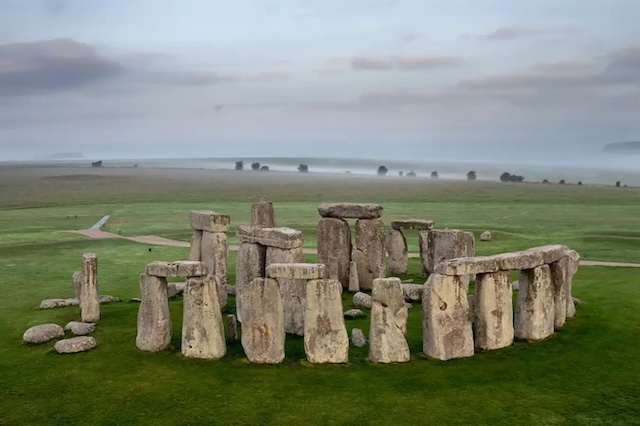
A Monument in Disrepair: The Condition of Stonehenge at the Time of Purchase
At the time of Chubb’s purchase, Stonehenge was in a state of neglect. The monument had been privately owned since King Henry VIII confiscated it from a nearby Benedictine abbey around 1540. Over the centuries, souvenir hunters had chipped away pieces of the stones, and some had even etched their names into the ancient monument. In 1900, a significant stone and lintel had collapsed, and wooden planks were used to prop up other stones.

A Wife’s Displeasure: Mary Chubb’s Reaction to the Purchase
Legend has it that Cecil Chubb bought Stonehenge as a gift for his wife, Mary. However, she was not pleased with the purchase, possibly because she had hoped for something more practical, like the dining chairs she had sent him to buy. This domestic discontent may have influenced Chubb’s decision to eventually donate Stonehenge to the British people.
From Private to Public: The Donation of Stonehenge to the British Government
In October 1918, Cecil Chubb gifted Stonehenge to the British government. In his letter announcing the donation, Chubb expressed his deep connection to the monument, having grown up near it and visited it frequently throughout his life. He believed that Stonehenge should belong to the nation and be preserved for future generations. This generous act ensured that Stonehenge would be protected and maintained as a national treasure.

Legacy: The Title and Privileges Bestowed Upon Cecil Chubb
In recognition of his donation, Cecil Chubb was granted the title “First Baronet of Stonehenge.” Locals affectionately called him “Viscount Stonehenge.” Chubb stipulated that residents living near Stonehenge should receive free admission to the site, a tradition that continues to this day.
Continued Preservation: Modern Efforts to Maintain Stonehenge
Following Chubb’s donation, the British government undertook extensive restoration efforts to preserve Stonehenge. In 1919, work began to straighten and reset the stones in concrete. Modern preservation efforts have included the removal of nearby roads and outdated visitor facilities to restore the landscape to its ancient appearance. Thanks to Cecil Chubb’s impulse buy, Stonehenge remains a well-preserved monument, attracting millions of visitors each year.
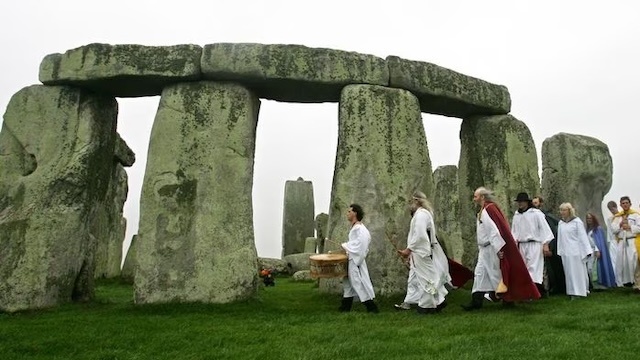
The story of Cecil Chubb’s impulsive purchase of Stonehenge in 1915 is a fascinating chapter in the monument’s history. His unexpected decision not only surprised his wife but also led to the preservation of this iconic prehistoric site. By donating Stonehenge to the British government, Chubb ensured its protection and accessibility for future generations. Today, Stonehenge stands as a testament to Chubb’s generosity and the enduring importance of preserving our cultural heritage.
